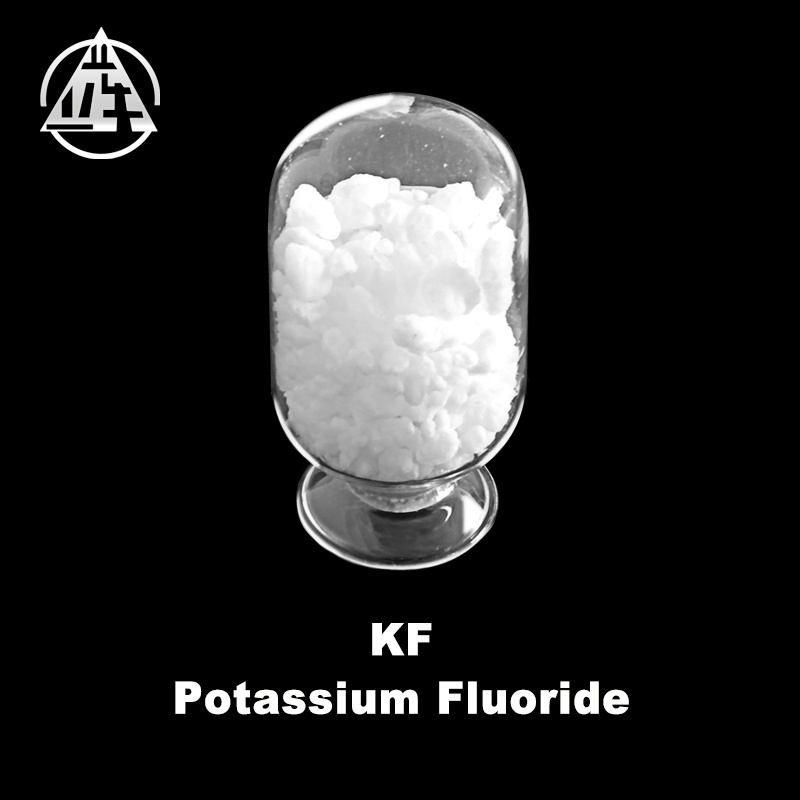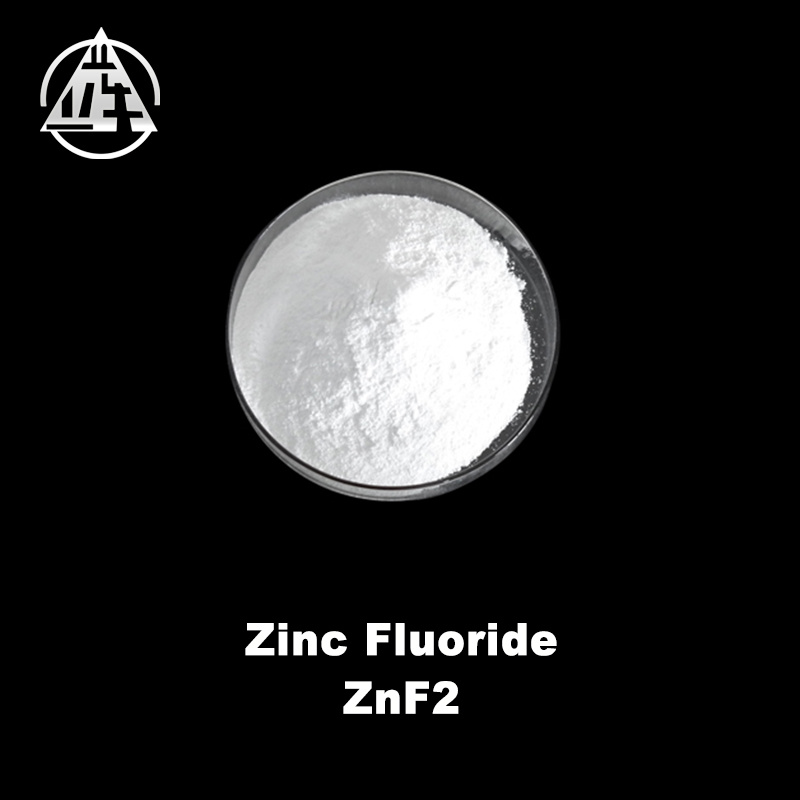Lutetium Fluoride (LuF3): A Key Inorganic Salt in the Chemical Industry
Release Time:
2023-11-16
Title: Unleashing the Potential of Lutetium Fluoride (LuF3) in the Chemical Industry Introduction: Explore the applications and significance of lutetium fluoride (LuF3) in the field of inorganic raw materials, unveiling its potential for various industrial processes. Lutetium fluoride (LuF3) is a vital inorganic salt that finds its application in the chemical industry, particularly within the doma
Title: Unleashing the Potential of Lutetium Fluoride (LuF3) in the Chemical Industry
Introduction: Explore the applications and significance of lutetium fluoride (LuF3) in the field of inorganic raw materials, unveiling its potential for various industrial processes.
Lutetium fluoride (LuF3) is a vital inorganic salt that finds its application in the chemical industry, particularly within the domain of inorganic raw materials. This compound, consisting of lutetium (Lu) and fluorine (F), possesses unique properties that make it a valuable component in several industrial processes. By understanding the capabilities and potential uses of lutetium fluoride (LuF3), professionals in the chemical industry can harness its benefits to drive innovation and progress.
One prominent application of lutetium fluoride (LuF3) lies in its role as a catalyst in various chemical reactions. As a catalyst, it facilitates and accelerates desirable reactions without undergoing significant changes itself. The addition of lutetium fluoride (LuF3) to a reaction system can enhance reaction rates and yield, making it an indispensable tool for chemical synthesis. Its efficacy as a catalyst has been demonstrated in numerous studies and experiments, making it an attractive choice for chemists and researchers.
Furthermore, lutetium fluoride (LuF3) serves as a precursor for the production of other lutetium-based compounds and materials. Through suitable chemical processes, LuF3 can be transformed into different chemical forms, expanding its range of applications. This versatility allows for the creation of lutetium-based materials with tailored properties, catering to specific industrial requirements. Such materials find utility in areas like optics, electronics, and even medical imaging.
In the realm of inorganic raw materials, lutetium fluoride (LuF3) stands out due to its unique characteristics. Its high melting point, excellent thermal stability, and resistance to chemical corrosion make it an ideal additive in refractory materials. These materials, designed to withstand high temperatures and harsh environments, are crucial in applications like furnaces, kilns, and aerospace components. The addition of lutetium fluoride (LuF3) enhances the durability and performance of these materials, ensuring their reliability under extreme conditions.
In summary, lutetium fluoride (LuF3) serves as a valuable inorganic salt in the chemical industry, particularly in the field of inorganic raw materials. Its applications as a catalyst, precursor for lutetium-based materials, and additive in refractory materials highlight its versatility and significance. By harnessing the potential of lutetium fluoride (LuF3), professionals in the chemical industry can explore new avenues of innovation and contribute to the progress of various industrial sectors.
Introduction: Explore the applications and significance of lutetium fluoride (LuF3) in the field of inorganic raw materials, unveiling its potential for various industrial processes.
Lutetium fluoride (LuF3) is a vital inorganic salt that finds its application in the chemical industry, particularly within the domain of inorganic raw materials. This compound, consisting of lutetium (Lu) and fluorine (F), possesses unique properties that make it a valuable component in several industrial processes. By understanding the capabilities and potential uses of lutetium fluoride (LuF3), professionals in the chemical industry can harness its benefits to drive innovation and progress.
One prominent application of lutetium fluoride (LuF3) lies in its role as a catalyst in various chemical reactions. As a catalyst, it facilitates and accelerates desirable reactions without undergoing significant changes itself. The addition of lutetium fluoride (LuF3) to a reaction system can enhance reaction rates and yield, making it an indispensable tool for chemical synthesis. Its efficacy as a catalyst has been demonstrated in numerous studies and experiments, making it an attractive choice for chemists and researchers.
Furthermore, lutetium fluoride (LuF3) serves as a precursor for the production of other lutetium-based compounds and materials. Through suitable chemical processes, LuF3 can be transformed into different chemical forms, expanding its range of applications. This versatility allows for the creation of lutetium-based materials with tailored properties, catering to specific industrial requirements. Such materials find utility in areas like optics, electronics, and even medical imaging.
In the realm of inorganic raw materials, lutetium fluoride (LuF3) stands out due to its unique characteristics. Its high melting point, excellent thermal stability, and resistance to chemical corrosion make it an ideal additive in refractory materials. These materials, designed to withstand high temperatures and harsh environments, are crucial in applications like furnaces, kilns, and aerospace components. The addition of lutetium fluoride (LuF3) enhances the durability and performance of these materials, ensuring their reliability under extreme conditions.
In summary, lutetium fluoride (LuF3) serves as a valuable inorganic salt in the chemical industry, particularly in the field of inorganic raw materials. Its applications as a catalyst, precursor for lutetium-based materials, and additive in refractory materials highlight its versatility and significance. By harnessing the potential of lutetium fluoride (LuF3), professionals in the chemical industry can explore new avenues of innovation and contribute to the progress of various industrial sectors.



